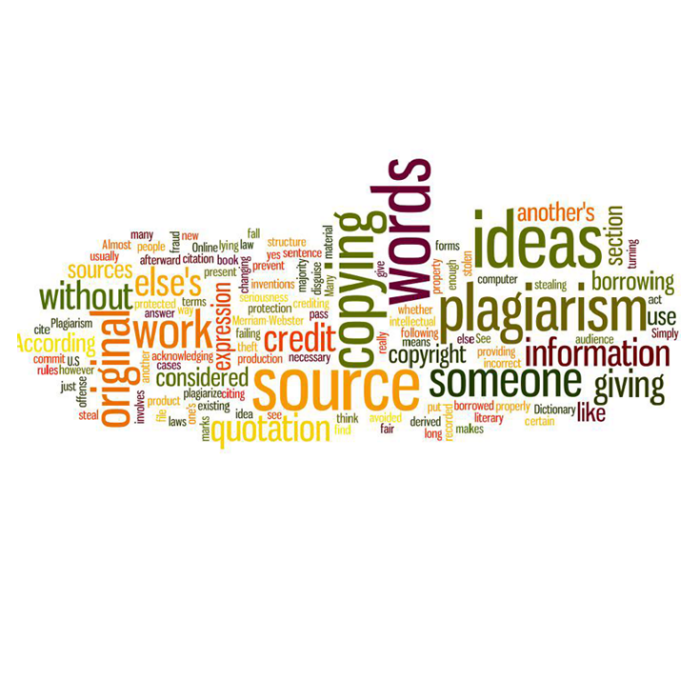iThenticate


What is iThenticate?
iThenticate assists researchers in the detection of plagiarised material in draft manuscripts written with collaborators and in Higher Degree Research (HDR) theses prior to submission. It is used to ensure the originality of a researcher’s written work.
iThenticate is a text matching tool and it cannot detect all plagiarism. Academics who are the experts in their respective fields are best placed to identify plagiarised material.
How do I get access to iThenticate?
You can submit a request for access to iThenticate by contacting the UNSW IT Service Centre by phone, email or webform. You should not create an account via the iThenticate webpage or click any 'Sign Up' links. You will need to provide your name, zID, UNSW email address and a short message explaining why you need access. Once your request has been approved, you will receive an email confirming access and providing login details for iThenticate.
Note: HDR candidates do not have access to this software. Supervisors are expected to check their candidate's written work using iThenticate. Supervisors are expected to discuss the iThenticate report with their candidate, providing appropriate assistance and training in academic writing and referencing if needed.
For further information on iThenticate, please refer to the Frequently Asked Questions below. For login and technical support: Email itservicecentre@unsw.edu.au or call the IT Help Desk on +61 2 9385 1333
What is IThenticate and how do I get access?
The video below explains the relevant UNSW policies underpinning the use of iThenticate and the process for obtaining access to iThenticate (3min 46s).
How to upload and interpret an iThenticate Report?
This video offers a demonstration on how to use iThenticate by uploading a sample document and interpreting a sample iThenticate report (11min 14s).
